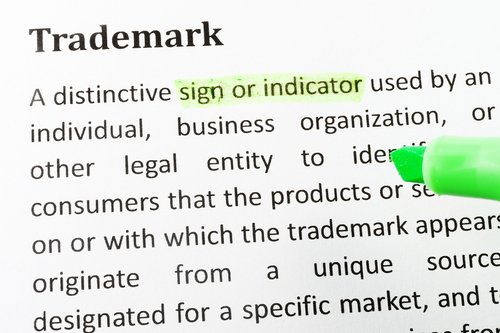5 Types of Unconventional Trademarks
Trademarks are incredibly important to protecting your brand. A trademark helps consumers identify a single source of origin for goods and services and provides the owner of the mark with the right to prevent others from adopting similar marks likely to cause confusion in the marketplace. We generally think of trademarks as slogans, logos, or brand names themselves, but trademarks can be so much more than just words and logos. With certain exceptions, as long as your good or service designation is used in interstate commerce and meets the required distinctiveness threshold, it can be trademarked. Here are 5 non-conventional things you can trademark under the right circumstances.
Color
Since 1995, colors and color combinations can be trademarked when used as part of a product, package, or service. The color must serve as a source of origin for the product and not as a functional feature. Further, colors are never inherently distinctive and have to have acquired distinctiveness or secondary meaning. A trademarks acquires secondary meaning when the purchasing public associates it with a particular source. Some famously trademarked colors include UPS Brown, John Deer Green, and Tiffany Blue.
Sound
A sound mark identifies the source of a good or service through audio means, such as music, spoken words, or an unusual noise. However, sounds must meet the distinctiveness threshold as well. “Commonplace” sounds or sounds that goods make in their normal course of operation, such as an alarm clock beeping or phone ringing, also must show they have acquired distinctiveness in order to be registered. Some sound marks include the NBC chime, MGM Entertainment’s roaring lion, and 20th Century Fox’s film introduction.
Smells
Yes, smells can be trademarked; however, these too must not have a functional or utilitarian purpose and must have acquired distinctiveness. The Trademark Trial and Appeal Board has held that scents such as those from perfumes or air fresheners serve a functional purpose. However, according to the USPTO, the amount of evidence required to establish that a scent or fragrance functions as a mark is “substantial.” Thus, getting a smell trademarked is quite difficult. But just know, if you’ve ever walked into a Verizon Wireless store and smelled a “flowery musk,” you’ve smelled a trademarked scent.
Product Packaging
Product packaging is a type of trade dress—the visual appearance of a product signifying its source— that is entitled to trademark protection. Courts have found trade dress protection for distinctive elements in the appearance of labeling, wrappers and cartons. Good examples of a protected trade dress include the wrapping of a Klondike ice cream bar and the Maker’s Mark’s wax coating covering the cap of the bottle. In order to be registered, the packaging must have acquired secondary meaning, and must not be functional.
Motion Marks
A motion mark is a mark that includes moving images or elements. Moving logos and animations are generally the most common types of motion marks. However, they’re not the only ones. For example, Lamborghini has even trademarked the vertical motion by which its car doors open.


